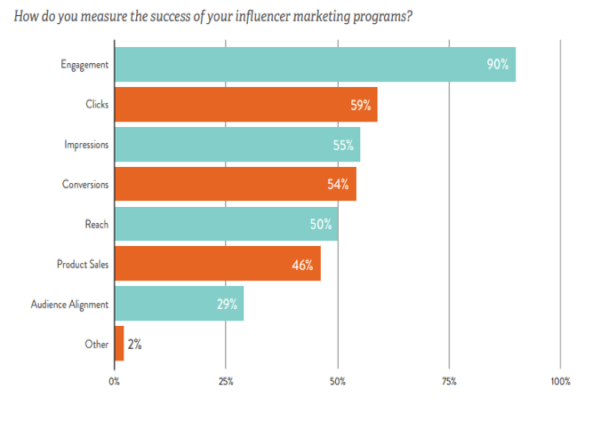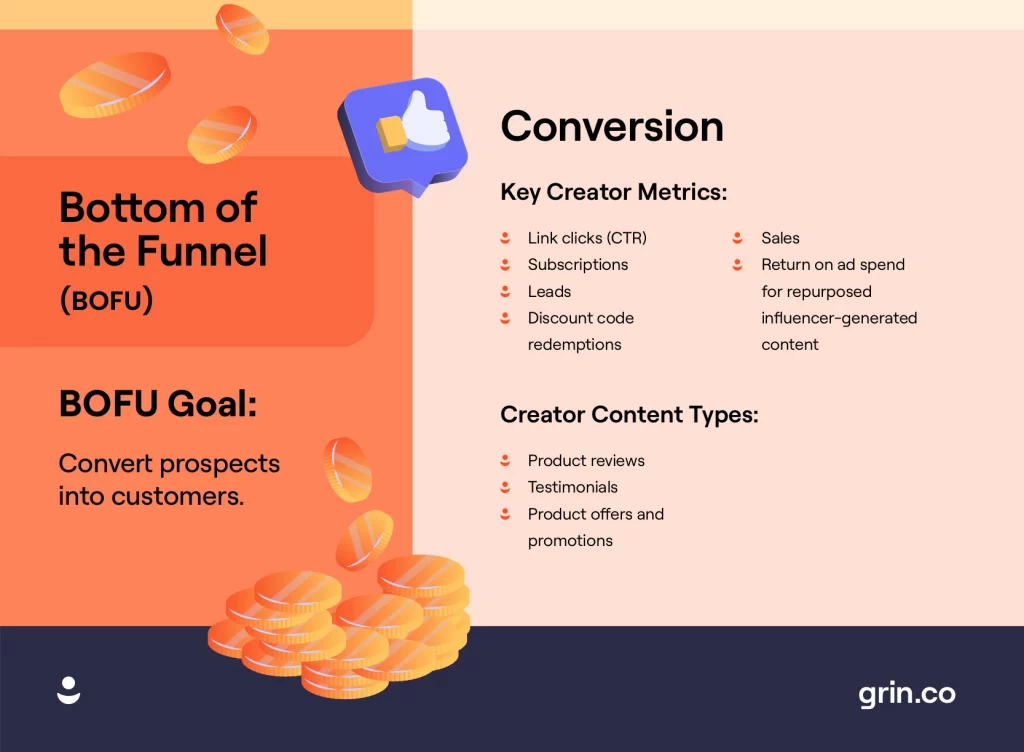Measure influencer marketing by tracking key metrics like engagement rates, conversion rates, and return on investment (ROI). Utilize tools such as Google Analytics and social media insights for accurate data.
Influencer marketing has become a vital strategy for brands to connect with their target audience. Assessing its effectiveness requires a clear understanding of specific metrics. Key performance indicators (KPIs) such as engagement rates, follower growth, and conversion rates offer valuable insights.
Tools like Google Analytics and social media platforms’ analytics features provide precise data. By focusing on these metrics, brands can gauge the success of their influencer campaigns and refine their strategies. Accurate measurement ensures that marketing efforts align with business goals, leading to better ROI and increased brand visibility.

Credit: www.traackr.com
The Rise Of Influencer Marketing
Influencer marketing is changing ads. Brands are now using social media stars. These stars have millions of followers. This method is much more personal. It feels like a friend talking.
The traditional ads are less effective now. People skip TV ads and block online ads. Influencers can reach their audience directly. They build trust with their followers. This trust leads to better engagement.
Influencers have a strong impact. They can change what people buy. Followers listen to their opinions. These opinions feel genuine and real.
Brands see higher sales from influencer marketing. Consumers trust influencers more than regular ads. This trust leads to more purchases. It is a powerful way to reach new customers.

Credit: contentmarketinginstitute.com
Setting Campaign Goals
For brand awareness, track impressions and reach. Use social media analytics tools. Check how many people saw your content. Measure the engagement rate by counting likes, shares, and comments. A higher engagement rate means better brand awareness. Survey your audience to know if they recognize your brand more.
Measure conversions by tracking click-through rates (CTR). Use UTM parameters to track links. Check how many people visited your website from the influencer’s post. Monitor the number of sales made through these visits. Compare sales data before and after the campaign. Check the return on investment (ROI) to see if the campaign was profitable.
Core Metrics To Track
Engagement rates show how active followers are. These rates include likes, comments, and shares. High engagement means followers care about the content. Low engagement can signal disinterest. Always aim for high interaction.
Reach shows how many people saw the post. Impressions count total views, including repeats. High reach and impressions mean broad visibility. Check these metrics to gauge content spread.
Follower growth measures new followers gained. A steady increase shows growing interest. Sudden spikes can indicate viral content. Keep an eye on growth trends.

Credit: grin.co
Advanced Measurement Techniques
CPA measures the cost of a specific action. This action can be a sale, click, or sign-up. It’s a useful metric for evaluating influencer performance. Keep track of how much each action costs. This helps in understanding the ROI of your campaign.
CLV calculates the total value a customer brings over time. It includes repeat purchases and loyalty. Influencers can drive long-term value. Measure the impact of influencers on customer retention. This shows how valuable your relationship with influencers is.
Sentiment analysis checks the feelings behind customer comments. Positive or negative sentiments can influence brand perception. Use tools to analyze social media mentions. This helps in understanding public opinion about your brand. Track changes in sentiment over time. This will show the impact of influencer campaigns.
Analyzing Roi
To calculate ROI, compare profits to costs. Use this formula: ROI = (Net Profit / Cost of Investment) x 100. Track sales and traffic from influencer campaigns. Use unique codes or links for accuracy. A higher ROI means better returns.
Short-term ROI measures immediate gains. Look at sales spikes and traffic increases. Long-term ROI includes brand loyalty and follower growth. Long-term results often take months to appear. Both types are important for a complete picture.
Leveraging Analytics Tools
Using analytics tools helps track influencer marketing success. These tools measure engagement rates and reach. Data from these tools shows which influencers work best. Analytics platforms also monitor click-through rates and conversions. They provide insights into audience demographics and behaviors. This information helps refine future campaigns.
Here are some popular influencer marketing platforms:
- Instagram – Great for visual content.
- YouTube – Ideal for video marketing.
- TikTok – Trending for short, engaging videos.
- Twitter – Good for quick updates and engagement.
- Facebook – Wide reach and versatile content types.
Integrating influencer marketing with CRM software boosts campaign efficiency. CRM tools track influencer interactions and customer responses. This integration helps manage relationships and improves customer service. CRM platforms also store valuable data for future use. They ensure all team members have access to the same information.
Frequently Asked Questions
How Do You Measure Influencer Marketing Performance?
Measure influencer marketing performance by tracking engagement rates, conversions, website traffic, follower growth, and ROI. Use analytics tools and UTM codes.
What Is The Kpi For Influencer Marketing?
Key KPIs for influencer marketing include engagement rate, reach, conversions, and ROI. Track followers, likes, shares, comments, and sales.
How To Measure Influencer Marketing Roi?
Measure influencer marketing ROI by tracking metrics like engagement rates, conversions, and sales. Use analytics tools and unique discount codes. Evaluate cost versus revenue generated.
How To Calculate An Influencer’s Reach?
Calculate an influencer’s reach by summing their followers across all social media platforms. Check engagement rates for accuracy.
What Is Influencer Marketing Roi?
Influencer marketing ROI measures the return on investment from influencer campaigns. It includes metrics like sales, engagement, and reach.
What Key Metrics Should I Use to Measure the Success of my Influencer Marketing Campaign?
When evaluating the success of your influencer marketing campaign, there are several key metrics to consider. These may include engagement rates, click-through rates, conversion rates, and overall reach. By closely monitoring these metrics, you can gain valuable insights into how influencer marketing works and make informed decisions for future campaigns.
Conclusion
Measuring influencer marketing is crucial for success. Track metrics like engagement, reach, and conversions. Use tools to gather data efficiently. Analyze results to refine strategies and maximize ROI. By doing this, you can ensure your influencer campaigns are effective and drive meaningful results for your brand.
